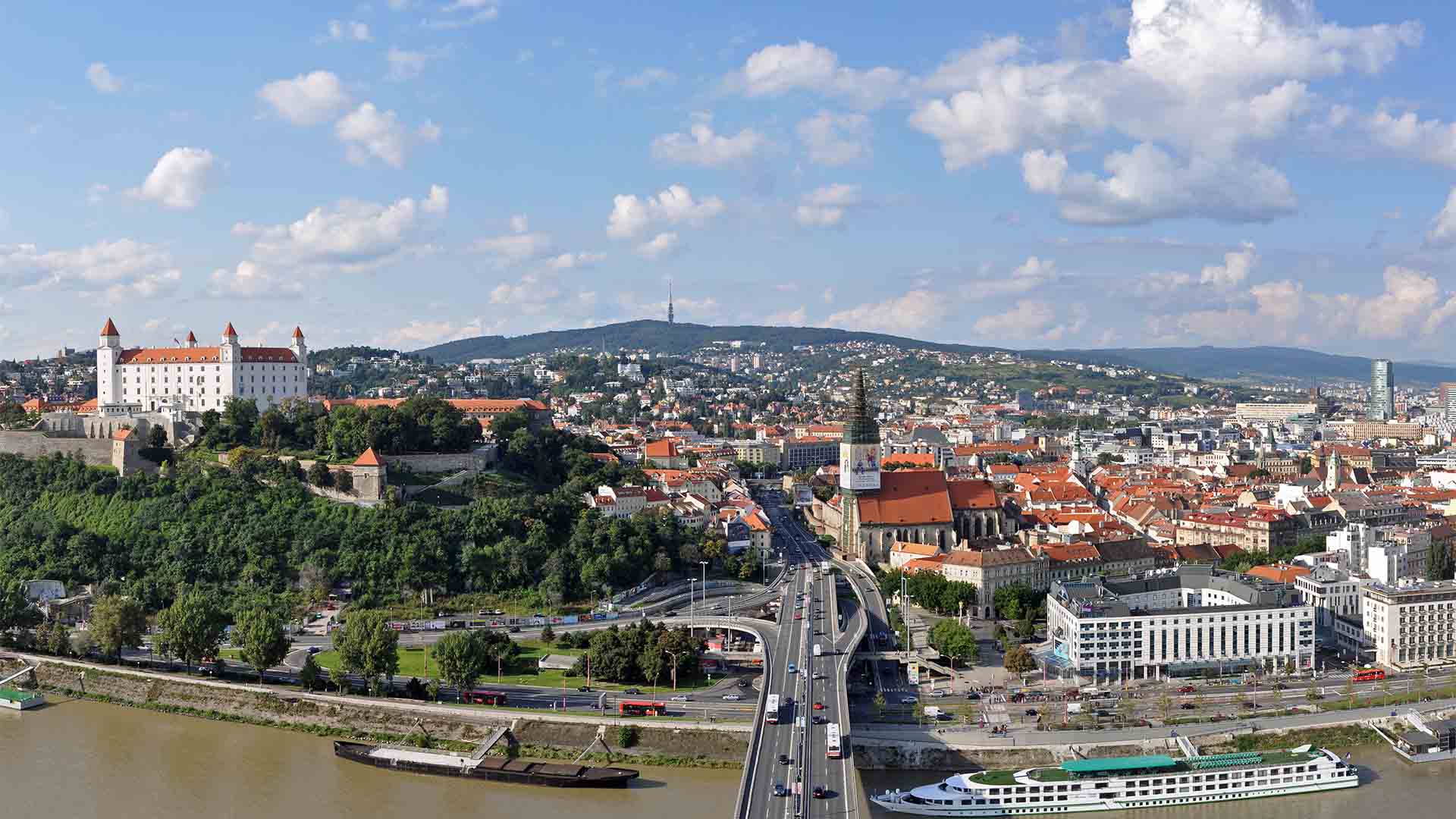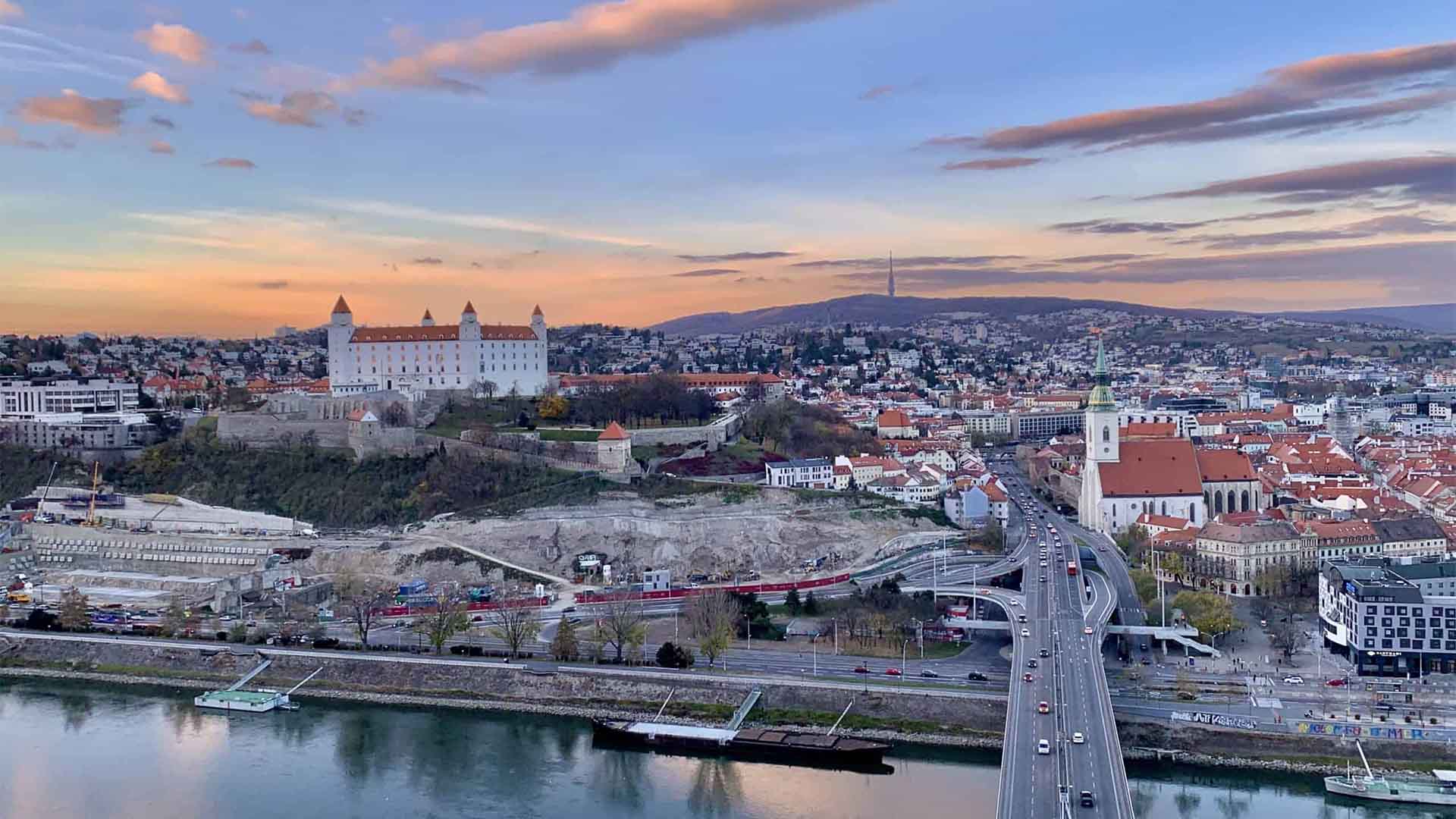
Bratislava: Capital city of Slovakia with rich history
Bratislava, the capital of Slovakia, is a city where rich history meets modern vibrancy. Nestled along the Danube River, it offers visitors a blend of architectural marvels, cultural experiences, and scenic beauty.
Visitor fees
While exploring Bratislava's charming Old Town and many public spaces is free, certain attractions may have admission fees. For instance:
- Bratislava Castle – This iconic landmark charges an entrance fee for access to its museum exhibitions.
- Devin Castle – Located on the outskirts of the city, this historic site also requires an admission fee.
It's advisable to check the official websites of these attractions for the most up-to-date pricing and potential discounts.
Transportation
Bratislava boasts an efficient and affordable public transportation system, primarily consisting of buses, trams, and trolleybuses. Tickets can be purchased at kiosks, ticket machines, or directly from drivers. For tourists, short-term travel passes are available, offering unlimited travel within their validity period. Additionally, the city's compact nature makes it pedestrian-friendly, and many of the main attractions are within walking distance of each other.
Things to do
Bratislava offers a plethora of activities and sights:
- Bratislava Castle – Perched atop a hill, the castle provides panoramic views of the city and houses the Slovak National Museum.
- St. Martin's Cathedral – A Gothic cathedral known for its historical significance as the coronation site of Hungarian kings.
- Old Town (Staré Mesto) – A maze of narrow streets, historic buildings, and lively squares filled with cafes and shops.
- Michael's Gate – The only preserved gate of the city's medieval fortifications, offering a glimpse into Bratislava's past.
- UFO Observation Deck – Located atop the SNP Bridge, it offers stunning views and a unique dining experience.

Why people enjoy visiting
Visitors are drawn to Bratislava for its unique combination of history, culture, and modernity. The city's relaxed atmosphere, friendly locals, and affordability compared to other European capitals make it especially appealing. Seasonal events, such as the enchanting Christmas markets, add to its charm.
How old is Bratislava?
Bratislava's history dates back over 2,000 years, with evidence of settlements as early as the Neolithic period. It became a significant city during the Roman era and has evolved over the centuries under various rulers, including the Hungarians and Austrians. The city's rich tapestry of history is evident in its diverse architecture and cultural landmarks.
List of activities
- Cultural exploration – Visit museums, galleries, and theaters showcasing Slovak art and history.
- River cruises – Enjoy boat trips on the Danube, offering a different perspective of the city.
- Culinary tours – Sample traditional Slovak dishes and local wines in various eateries.
- Shopping – Explore local markets and boutiques for unique souvenirs and crafts.
- Nightlife – Experience the vibrant nightlife with numerous bars, clubs, and live music venues.
Additional nearby attractions
- Devin Castle – A short trip from the city center, these ruins are located at the confluence of the Danube and Morava rivers, offering historical insights and scenic views.
- Danubiana Meulensteen Art Museum – Situated on a peninsula in the Danube River, this modern art museum is a fusion of contemporary art and natural beauty.
- Small Carpathian Wine Region – A haven for wine enthusiasts, this area offers vineyard tours and tastings of local wines.
Bratislava seamlessly blends the charm of a historic city with the conveniences of modern life, making it a must-visit destination in Central Europe.